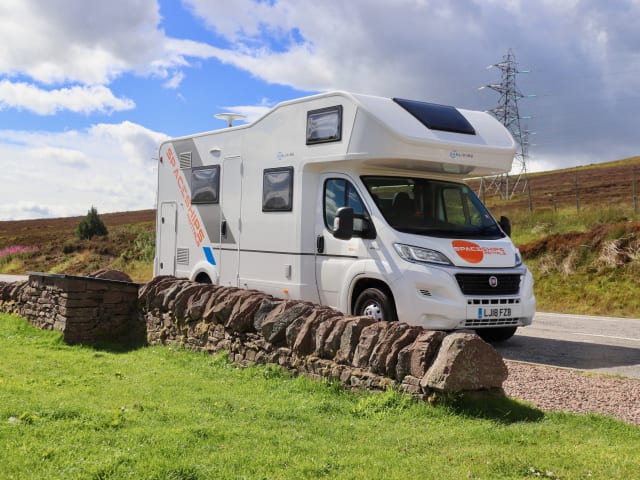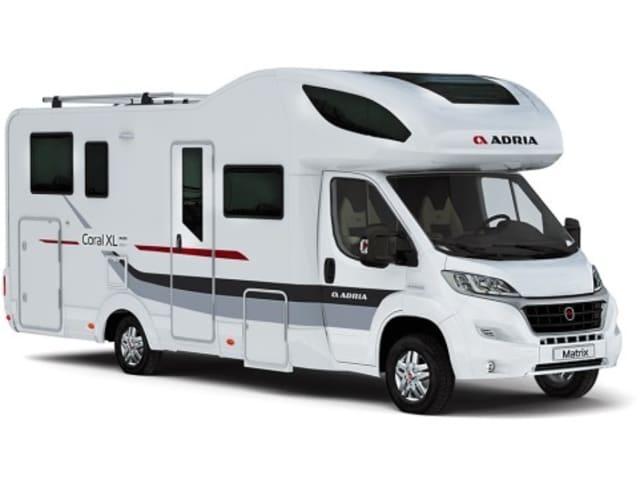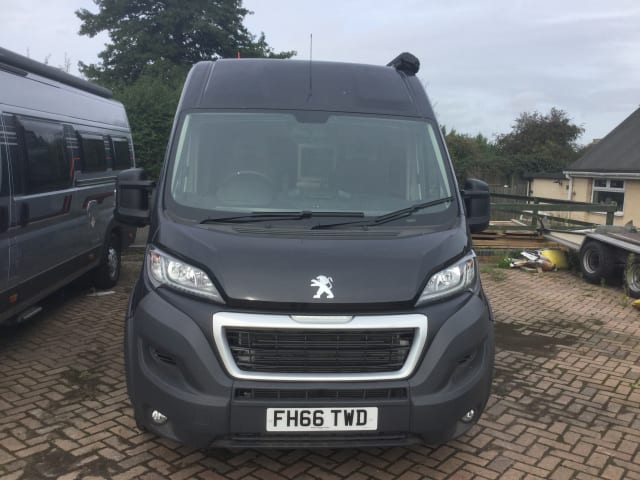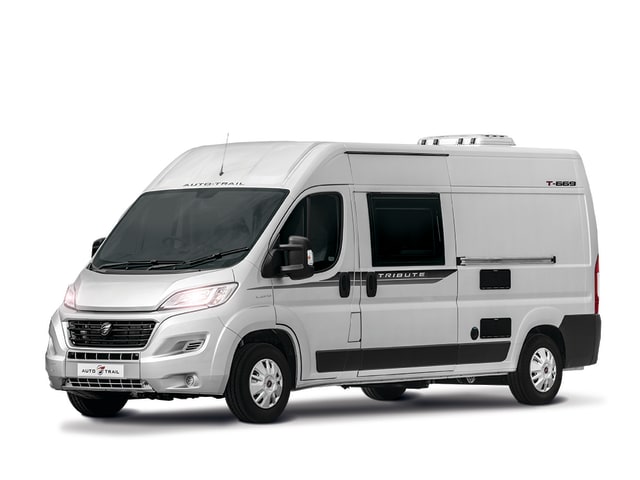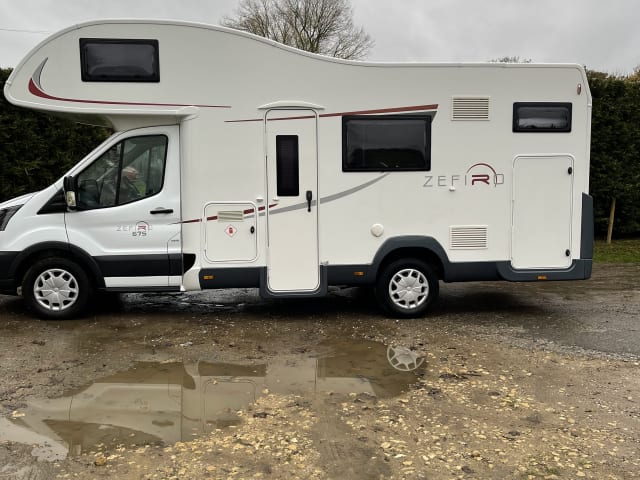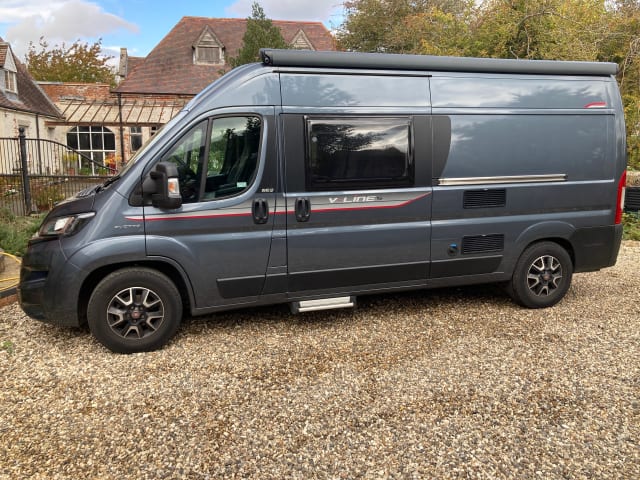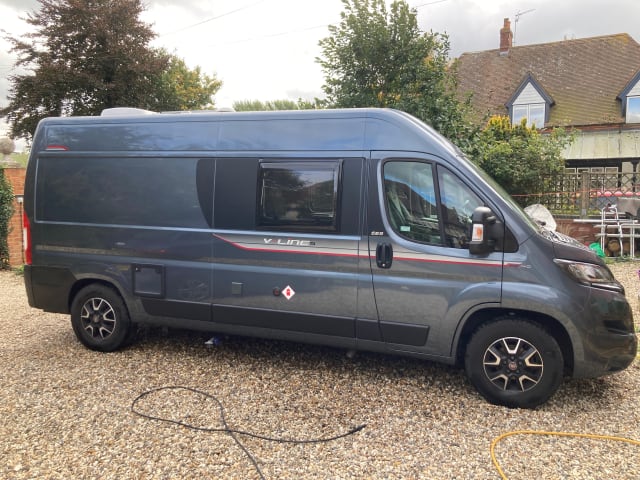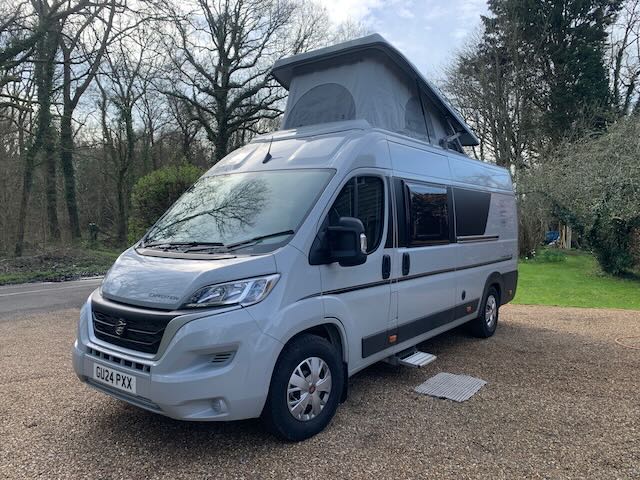Spain is home to beautiful beaches, delicious food, and rich culture. It comes to no surprise that this tourist hotspot is a vacation destination many wish to visit. Because there is so much to see and do within Spain, many opt for taking a road trip across the country to explore it. And because of its unique nature, it comes to no surprise that Spain offers some of the most beautiful road trip routes in Europe.
However driving across Spain may seem daunting, especially if you don’t know where to look for driving information. Like many European countries, Spain has a number of toll roads crisscrossing the country. The system in place is quite easy to navigate, if you know where to look. And luckily for you, this blog post provides all the information you’ll need, alongside some useful tips and tricks about driving to Spain, and Spanish road signs!

General information
Toll roads in Spain can be easily observed, as they’re marked clearly on road signs. Throughout
the country, motorways with toll services on them are marked as AP, which stands for autopista. On the other hand, motorways without toll services (i.e: free motorways) are designated with the letter A, which stands for autovias. The exception to this are motorways passing through Madrid. Motorways with toll roads are marked with R, which stands for radial. Motorways without toll services are marked with M, which stands for motorway.
That being said, it is possible to travel along Spain and avoid toll roads! This is especially useful if you’re on a budget, but it is worth keeping in mind that ‘free’ roads tend to be busier. Therefore, your trip might take a bit longer than anticipated, especially if you get stuck in traffic in some of Spain’s busiest cities.
Vehicle Classification
Before you embark on your trip, it is important to know which class your vehicle falls under, as this may impact how much you pay for tolls. Spain recognises three main vehicle categories:
- Ligeros (Light Vehicles). This includes motorbikes, cars, cars with trailers, vans, and microbuses.
- Pesados 1 (Heavy vehicles 1). This includes two-axle busses, with a maximum of four wheels
- Pesados 2 (Heavy vehicles 2). This includes large trucks with trailers, which are bigger than Pesados 1.
Typically, motorhomes would fall under Ligeros, but it is worth double-checking if you’re in doubt. You can contact the official company responsible for managing and maintaining toll roads in Spain.

Payment
There are a few ways to pay toll roads in Spain, all of which are quite straightforward. Some methods may be better suited for you according to how frequently you plan to drive along toll roads.
- Toll booth: when you enter a motorway, you receive a ticket. Just before you exit the motorway to reach your destination, you present this ticket at a toll booth. The amount of money you must pay is calculated based upon the distance you have travelled. You may either pay with cash or card at these booths. It is important to note that each method of payment has its own lane, so if you plan on paying by credit card, then follow the lane that says tarjetas or has a picture of a credit card.
-
VIA-T box: This is a useful option if you plan to frequent toll roads for a period of time. This method usually caters to people who travel along autopistas often, however you can always purchase a short-term VIA-T box. Essentially, you purchase a small box which you attach to your windshield (behind your rear-view mirror), and this allows you to pass through tolls without stopping to pay. The payments are automatically settled, depending on what you decided to set up. A VIA-T box costs 4.50 euros to purchase, and an additional 25 cents to rent per day. While this is a more expensive option, it is worth considering if you are travelling on a tight schedule, as you can avoid the long lines to pay your toll fees. These boxes can be easily purchased online. There are numerous plans to pick from, so you can always find the one that best suits your needs!
Note: The VIA-T box can also be used in Portugal, which is the perfect option if you’re planning to drive between both countries. They may also be used in Italy and France for a small monthly fee.

Costs
Although the provided costs are estimates, it is always worth having some idea of how much money you need to spend on Spanish motorway tolls. The prices can vary, depending on which autopistas you choose to travel through. Here are three price estimates that show the variations of the costs (note that these price calculations are based for passenger cars, or Ligeros)
- Madrid to Barcelona (625 kilometres) via A-2, AP-2, AP-7: 35.70euros
- Barcelona to Malaga (1004 kilometres) via AP-7, A-3, A-4: 19.68 euros
- Alicante to Santander (847 kilometres) via AP-68, A-23: 29.55 euros
If in doubt, the best way to estimate costs of your journey is by using an online Spanish toll road calculator. There are quite a few options at hand. You can always make an account on the official autopista website to use their official Spanish toll road calculator. This website also provides real-time information on traffic delays and road construction that may affect your travel route. However if you want an overall estimate of your travel costs, you can use Michelin’s toll road calculator which also includes fuel prices for your trip! Although toll road fees can sometimes be avoided, fuel prices are very difficult to escape, and important to consider when planning your trip.
It is also worth noting that there are discounts on toll roads. In order to be eligible for most of these discounts, you must be using a VIA-T to pay your toll fees. There are some terms and conditions to these discounts, which you can learn more about as you register for toll fee discounts on the official Spanish Autopista website.

Free Autopistas
In recent years, some autopistas have been returned to the state, meaning they became free. As of 2020, the following Spanish motorway tolls have become toll-free:
- AP1 between Burgos and Armiñón (as of 2018)
- AP4 between Seville and Cadiz (as of 2019)
- AP7 between Tattsgona, Valencia, and Alicante (as of 2019)
There are plans for some autopistas to become toll-free in the near future:
- AP7 between Montemeló and La Jonquera (as of August 31st, 2021)
- AP7 between Barcelona and Tarragona (as of August 31st, 2021)
- AP7 between Montemeló and Papiol (as of August 31st, 2021)
- AP2 between Zaragoza and Mediterráneo (as of August 31st, 2021)
- AP-68 (E-804, E-805) between Bilbao and Zaragoza (as of November 11th, 2026)

Driving rules
There are some important driving rules to remember before you plan your trip to Spain. Unfortunately, it isn’t as simple as picking up a car and driving around (although we may all wish it was). There is a certain degree of preparation that is necessary if you plan on driving through Spain. However, a quick read through the following rules will steer you in the right direction
-
Be sure you have the necessary equipment: Spain requires vehicles to be equipped with important emergency items, including:
- A reflective jacket (to wear if you get out of the vehicle on the side of a road)
- Red warning triangles (to place at least 50 metres behind your vehicle should you stop on the side of the road)
- A spare wheel
- Tools for changing a wheel - Speed limits for motorhomes: these tend to be a slightly lower than passenger cars. On main autovias and autopistas, the driving limit is 100km/h, while the speed limit in Urban areas is 50 km/h.
-
Be aware of the impact Brexit has on driving rules for British nationals in Spain. There have been a few minor changes since the UK is no longer part of the EU. In order to drive in Spain, you must have the following:
- Your car insurance must cover travel to/in Europe
- Certificate from your insurance provider that validates your coverage
- A GB sticker for your car (regardless of what is on your license plate), placed on the rear of your car. The sticker may be purchased on Amazon. - Be familiar with Spanish road signs. While road signs around Europe tend to be consistent, there are a few signs that may be a bit confusing. Thankfully, you can always look at an extensive guide to road signs in Spain, or a simplified guide of signs exclusive to Spain.

Get ready to plan your trip!
Now that you’ve got all the information you need about Spanish motorway tolls and general driving rules in Spain, you can start preparing for your trip. Be sure to check out the 10 best holiday destinations in Spain to add to your travel itinerary. And of course, if you’re looking for a travel vehicle, look at Goboony’s wide variety of motorhomes for hire in Spain! Your dream holiday trip driving to Spain is just a few clicks away from coming true.




